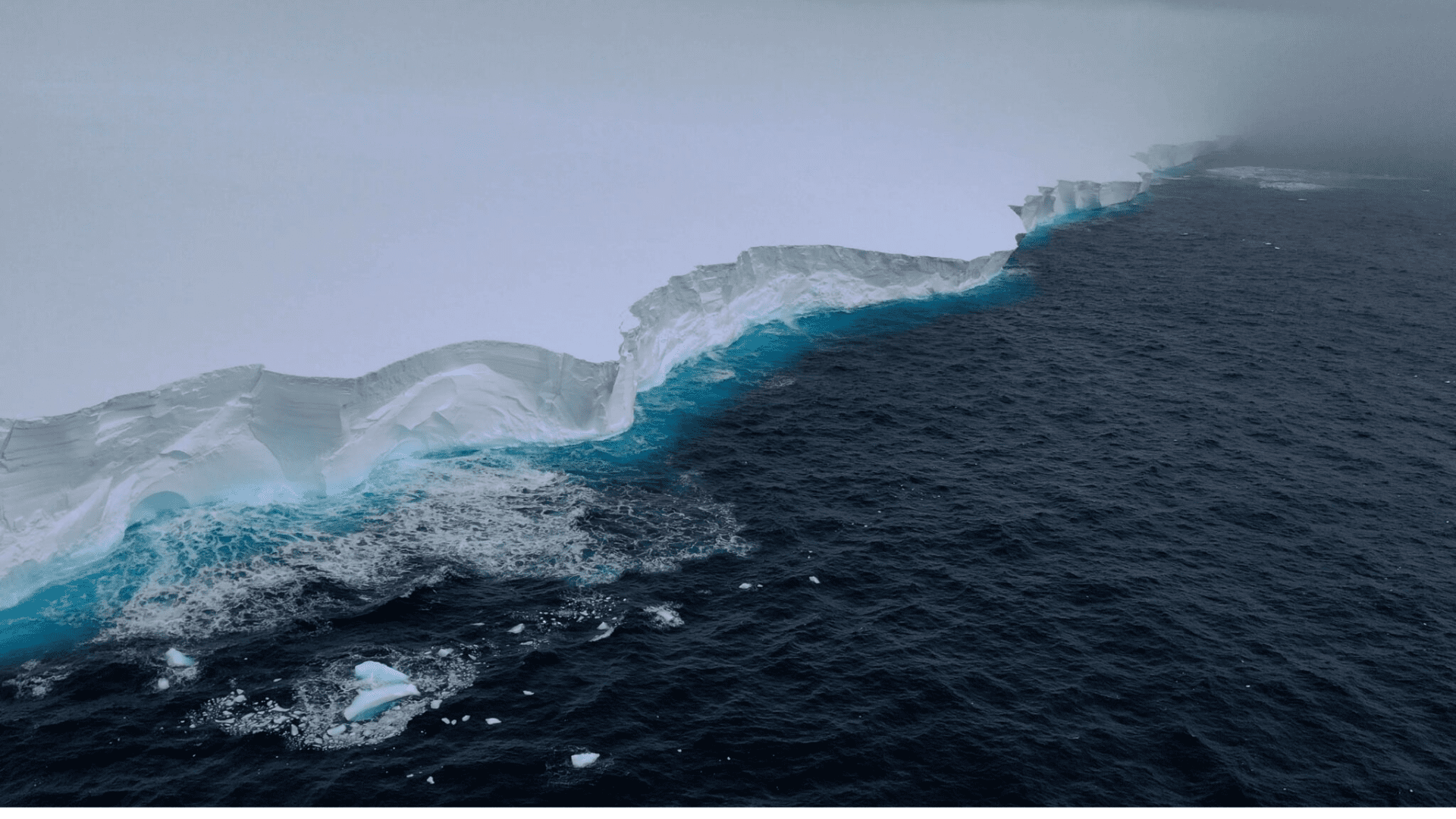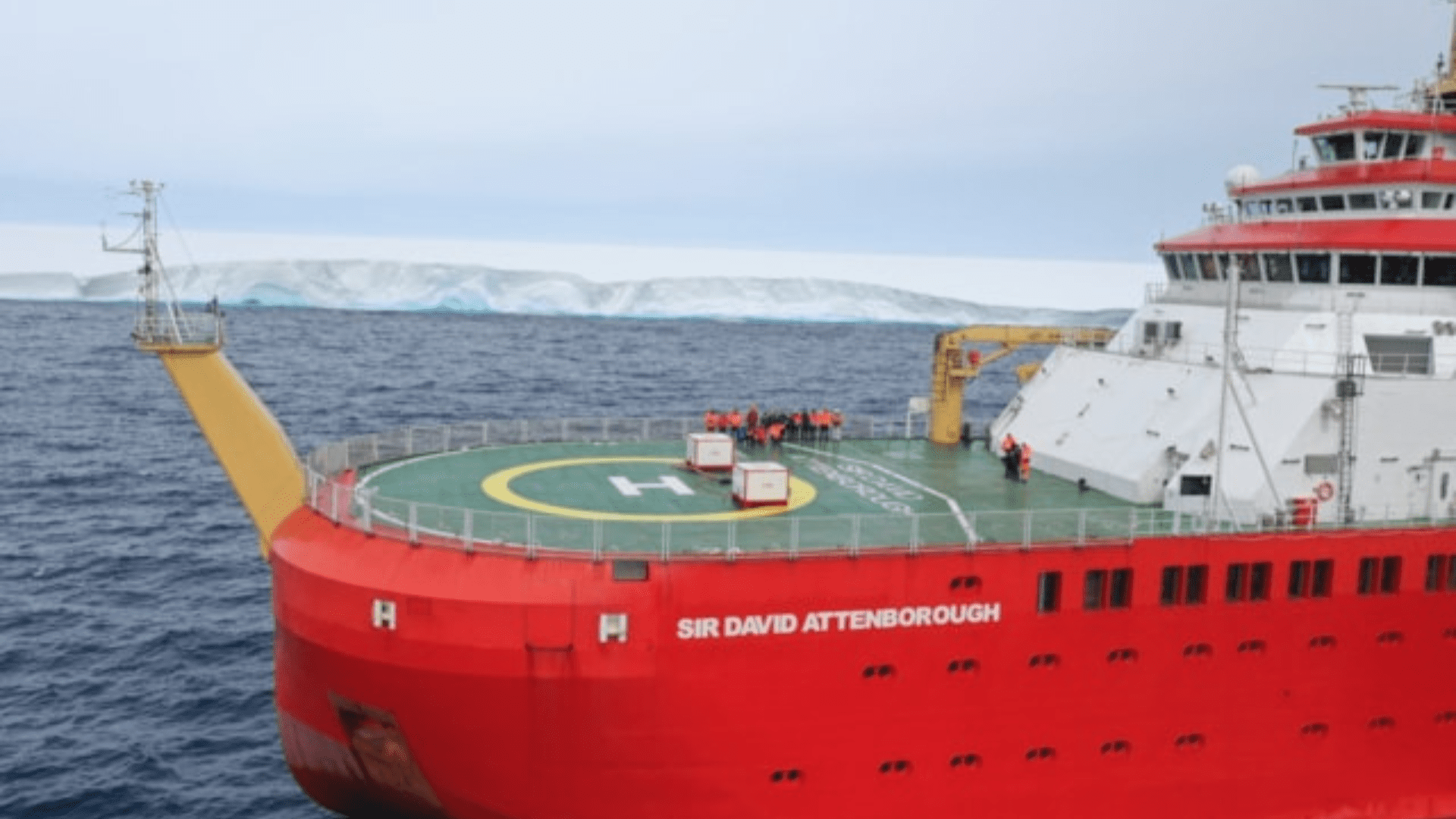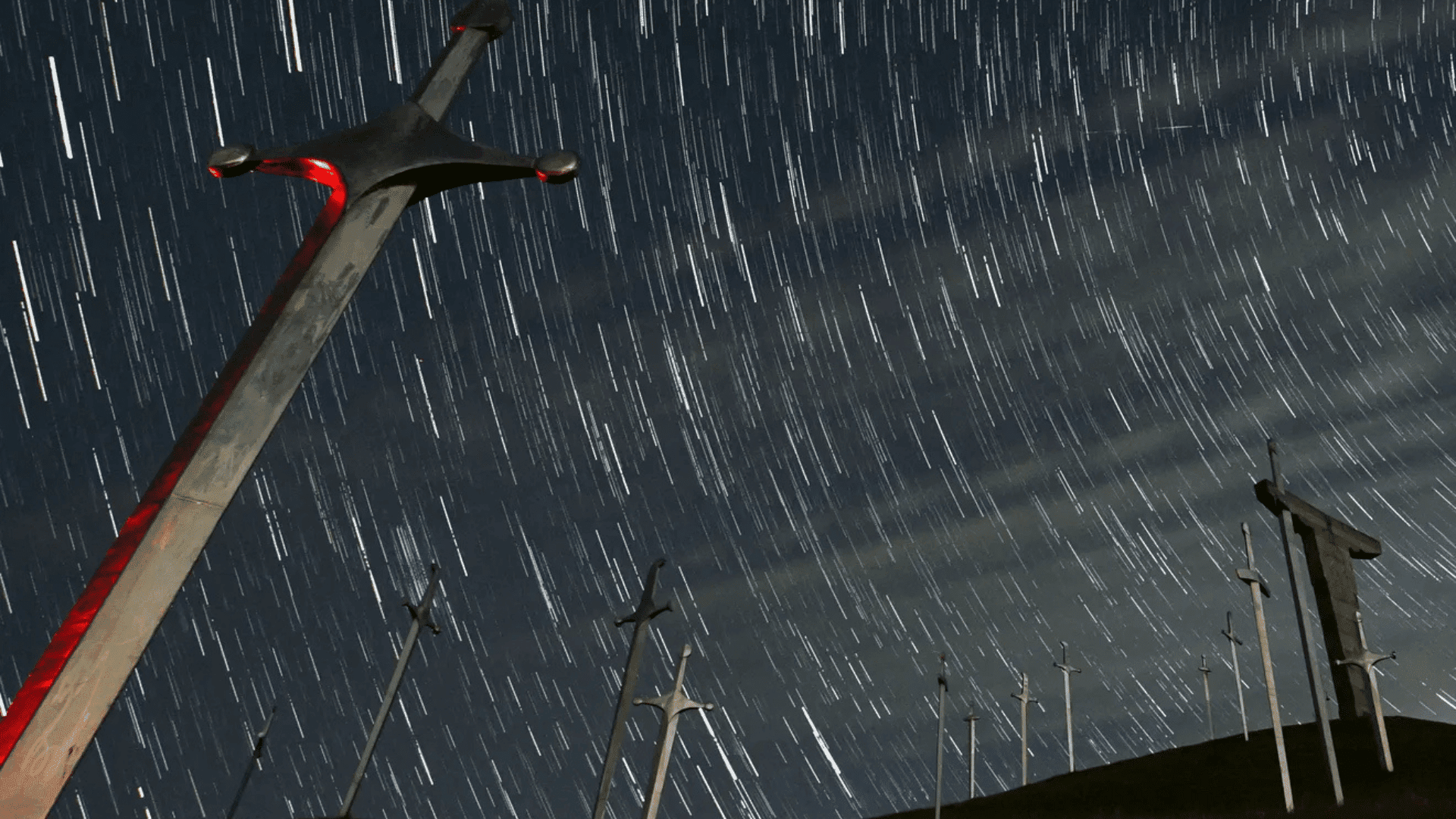The world’s largest and oldest iceberg, A23a in Antarctica, is on the move. A23a is double the size of Greater London and weighs nearly a trillion tons. The massive iceberg split from Antarctica’s Filchner Ice Shelf in 1986 and remained grounded on the seabed in the Weddell Sea for over 30 years. It started a slow journey north in 2020.

Recently, it was spinning in place for months. This was due to an oceanic phenomenon called a Taylor Column, where rotating water above a seamount traps objects in place. This phenomenon delayed the iceberg’s expected rapid drift north.
The Iceberg’s Route
It is anticipated that A23a will continue its journey into the Southern Ocean following the Antarctic Circumpolar Current. This current will likely drive it towards the sub-Antarctic island of South Georgia. In that region, warmer water will be encountered, which is expected to break into smaller icebergs and eventually melt.
“It’s exciting to see A23a on the move again after periods of being stuck,” said British Antarctic Survey oceanographer D. Andrew Meijers.
“We are interested to see if it will take the same route the other large icebergs that have calved off Antarctica have taken,” he added. “And more importantly what impact this will have on the local ecosystem.”
Studying A23a
Exactly one year ago, researchers observed and studied A23a aboard the RRS Sir David Attenborough, a vessel of the British Antarctic Survey. This is when scientists took the first photos of the moving iceberg. During the excursion, scientists observed how Antarctic ecosystems and sea ice influence global ocean cycles of carbon and nutrients. They collected data from alongside the massive iceberg.

Biochemist Laura Taylor said, “We know that these giant icebergs can provide nutrients to the waters they pass through, creating thriving ecosystems in otherwise less productive areas.” However, she says they don’t know what difference particular icebergs, their size, or their origins make in that process.
“We took samples of ocean surface waters behind, immediately adjacent to, and ahead of the iceberg’s route,” she said. “They should help us determine what life could form around A23a and how it impacts carbon in the ocean and its balance with the atmosphere.”







